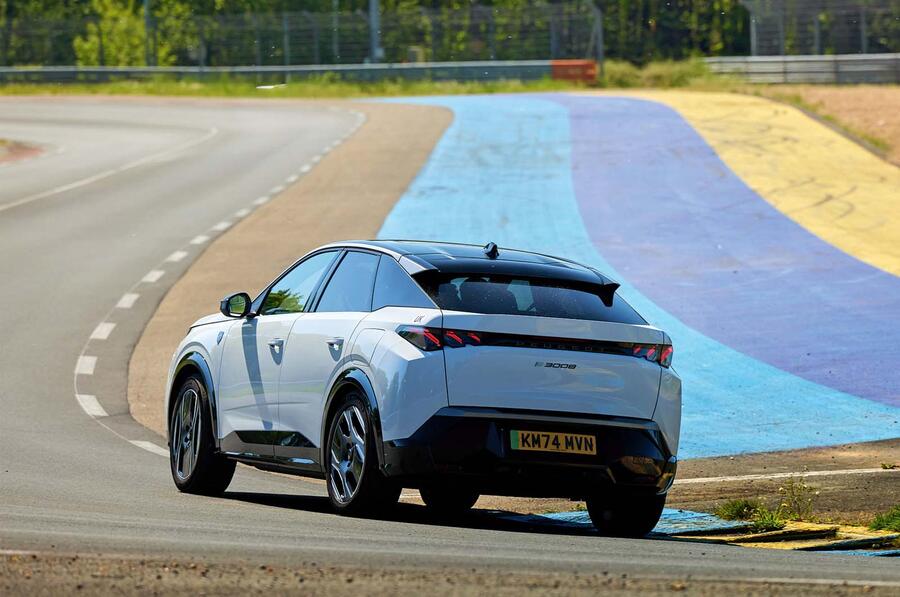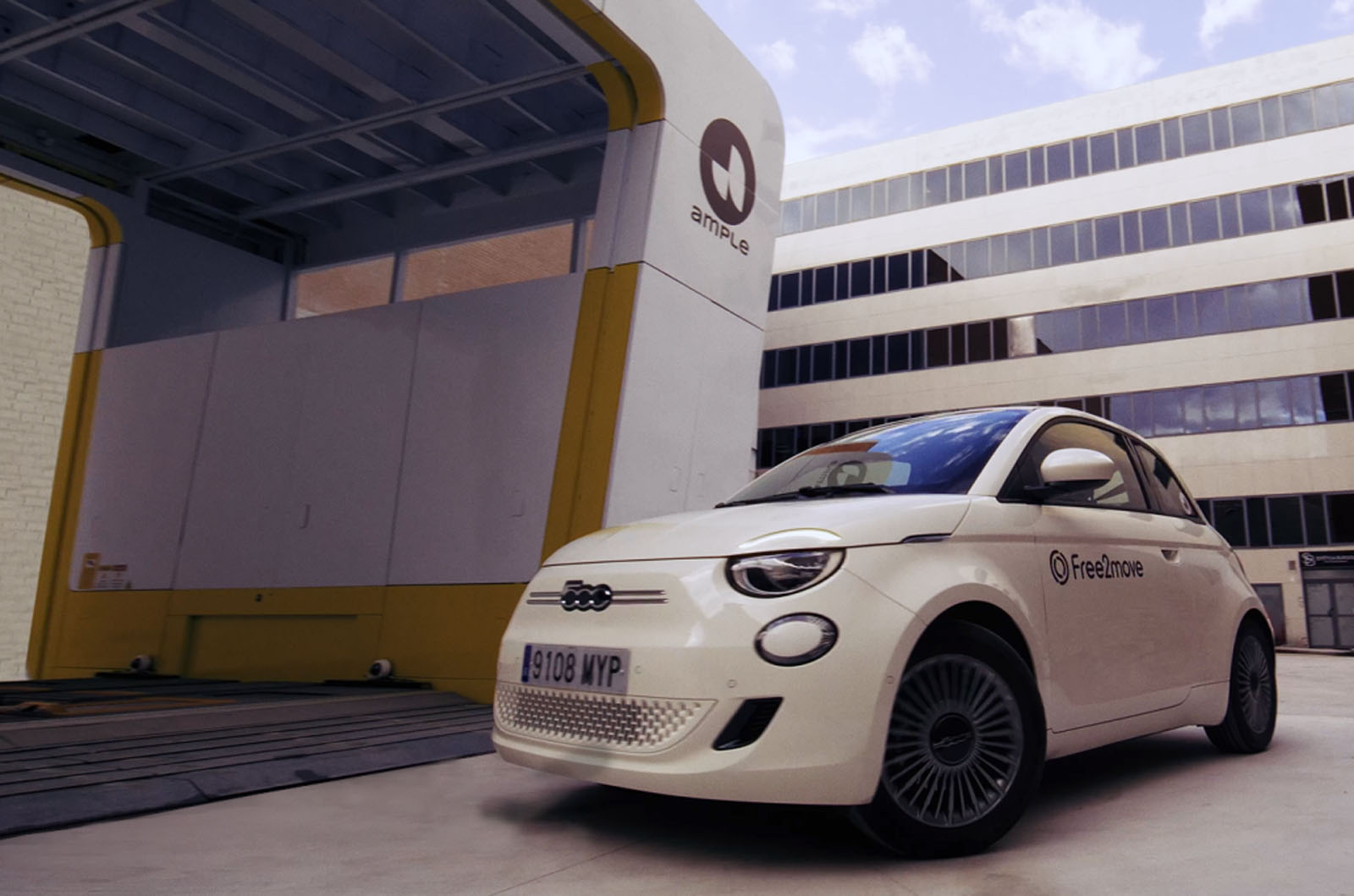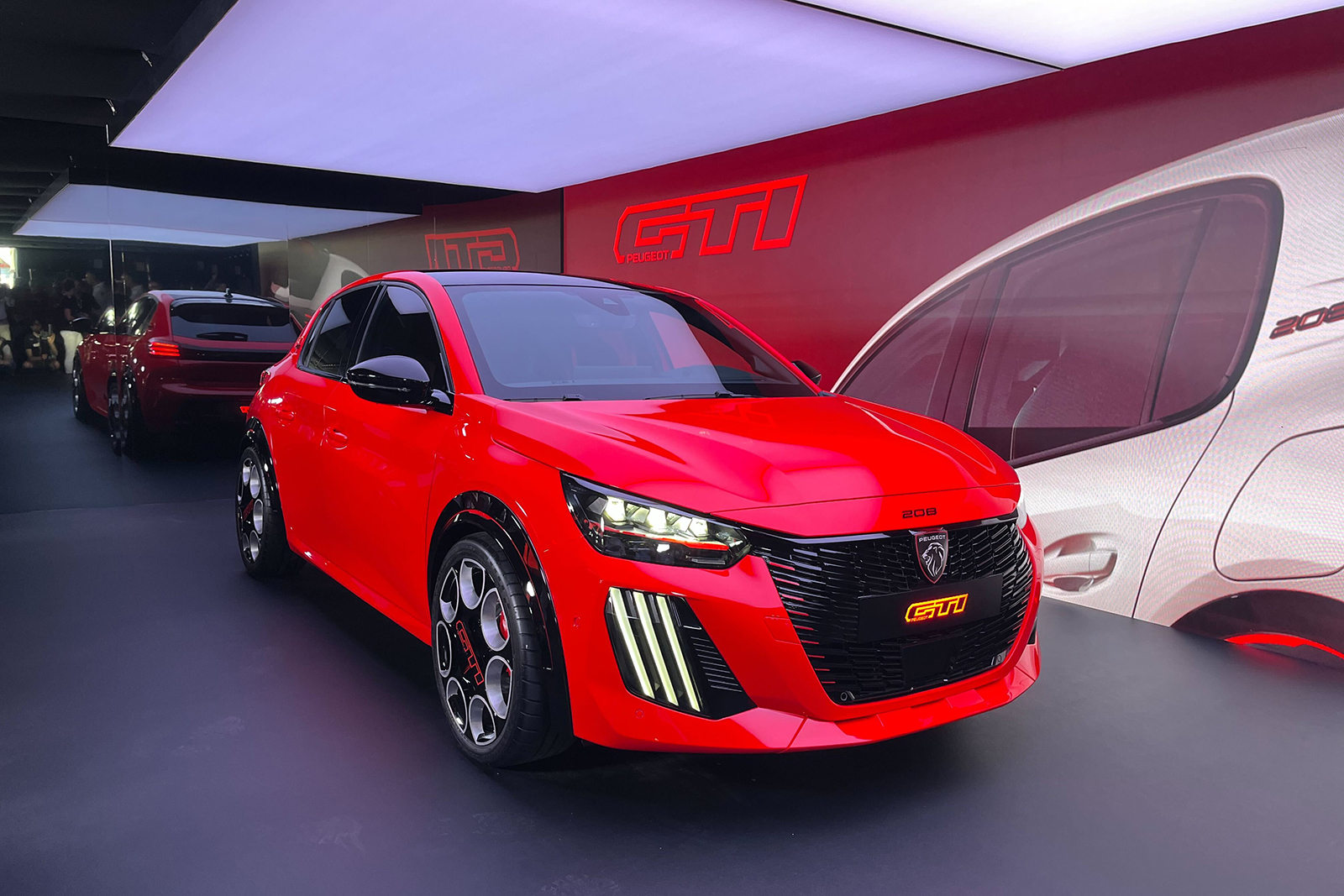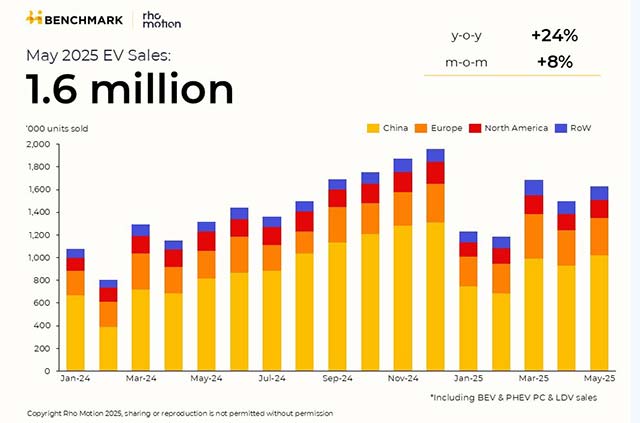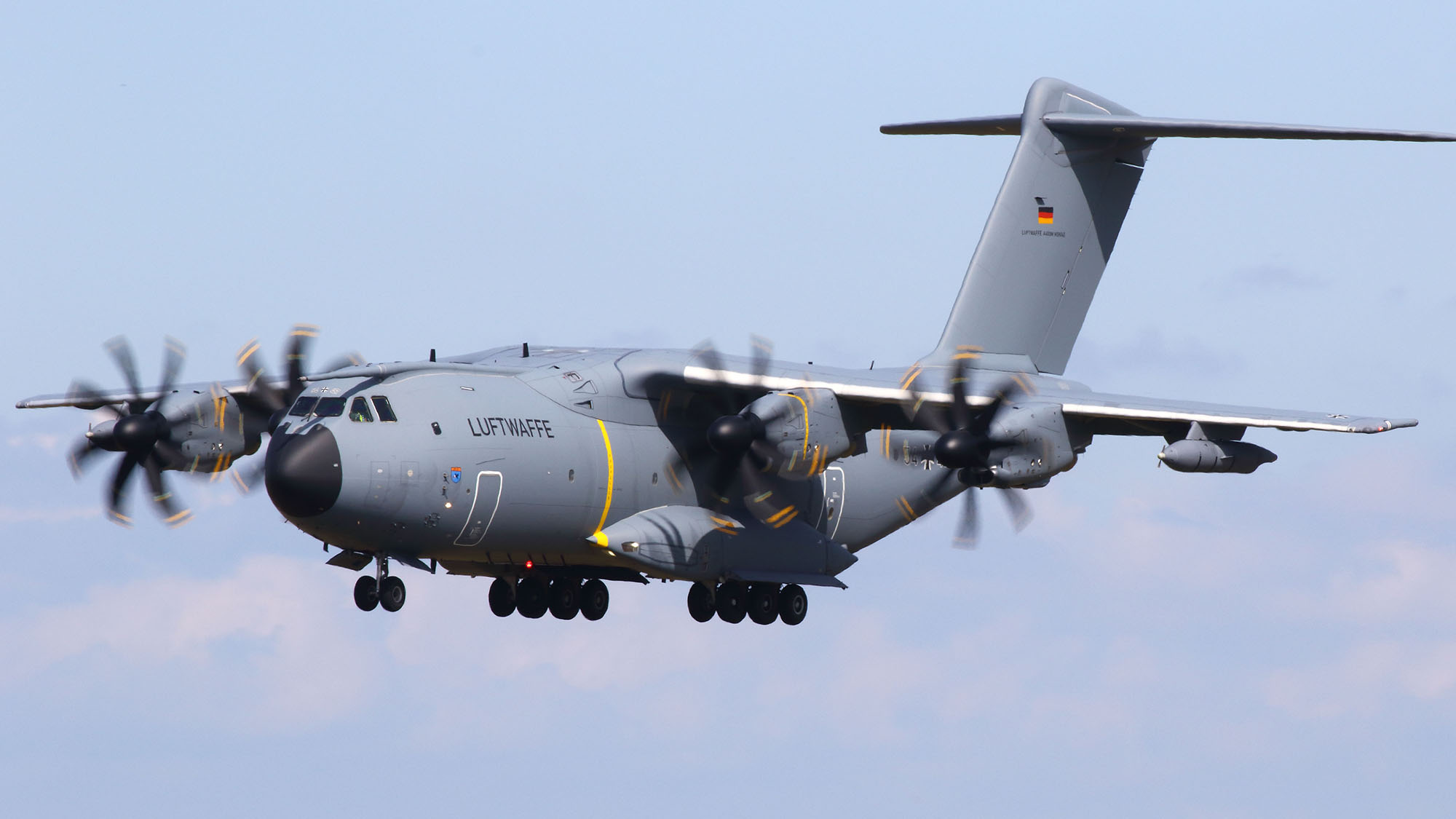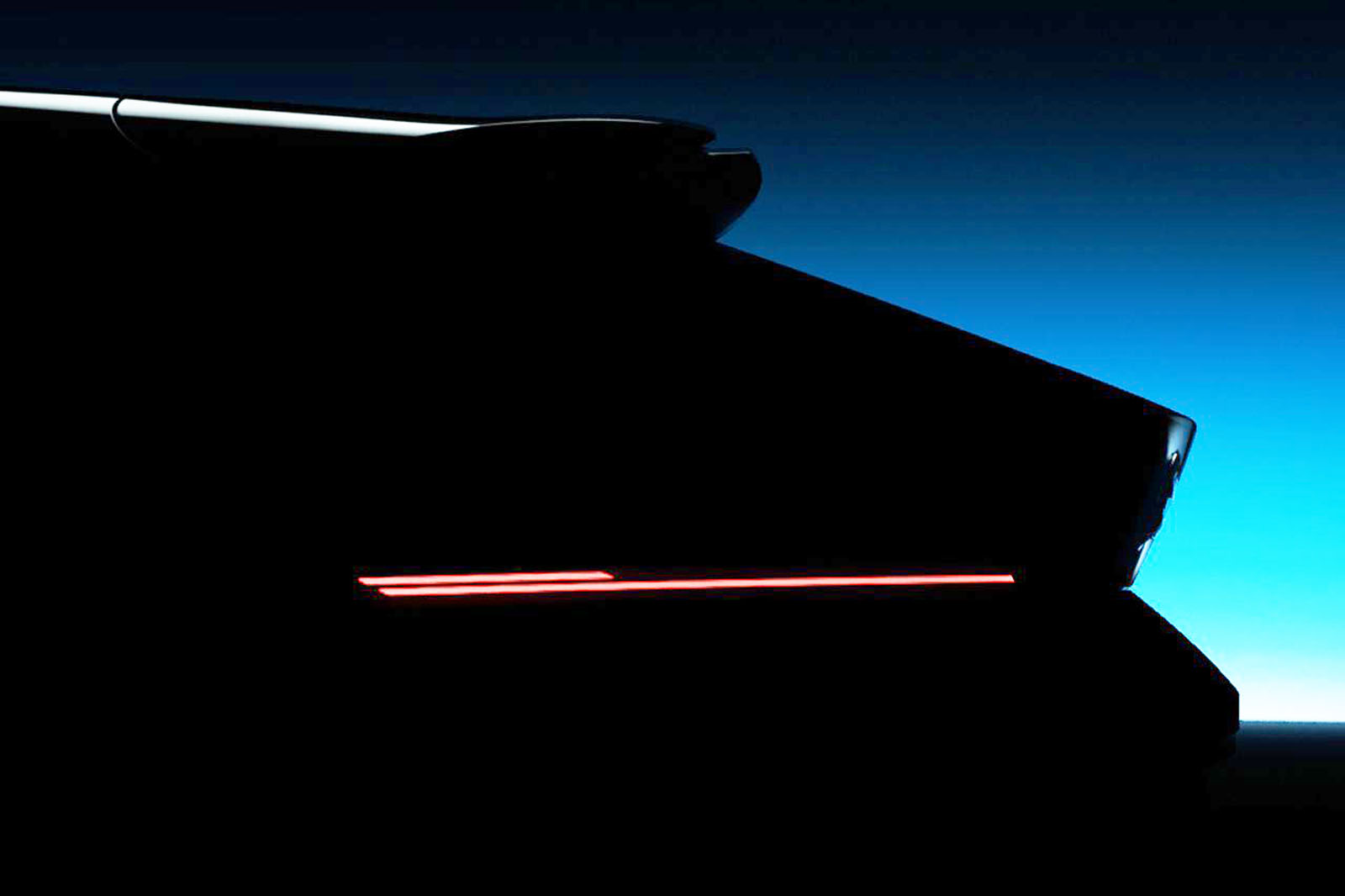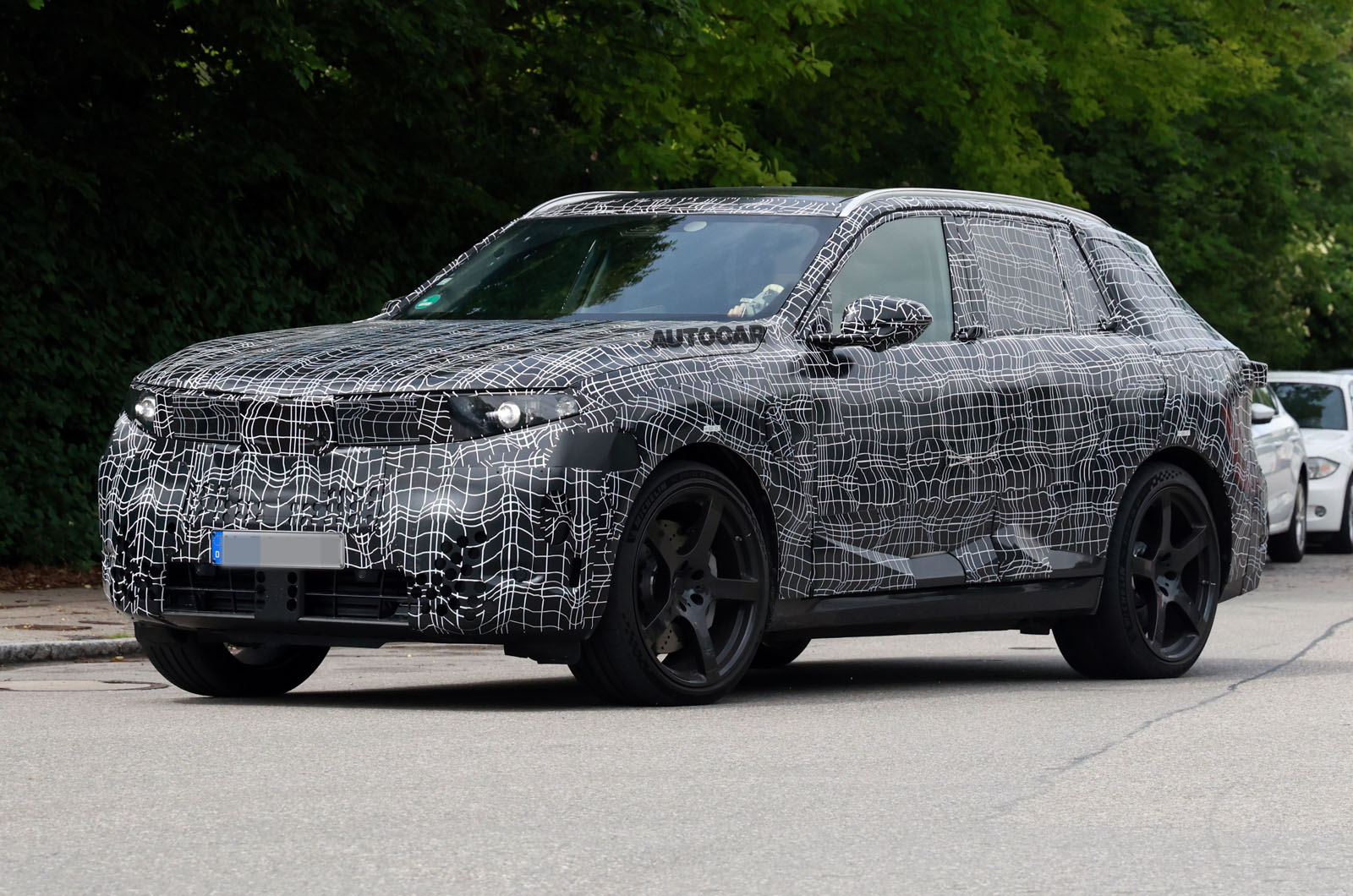Peugeot’s WEC ace has only ever driven the Circuit de la Sarthe under race conditions – until now
Having contested the 24 Hours of Le Mans five times, Paul di Resta has completed numerous laps of the Circuit de la Sarthe – but none quite like this.
That’s apparent when he steers his Peugeot onto the 8.47-mile track’s long Mulsanne Straight and is confronted by an intimidating line of traffic.
Not the sort of traffic di Resta is used to encountering in his 9X8 hypercar, though: instead of rumbling GT3 cars and privateer LMP2 racers, there are numerous SUVs and hatchbacks, a succession of vans and even a bloke on an e-scooter. Add in the fact di Resta is behind the wheel of a Peugeot e-3008 and it’s apparent this will be, by some margin, the slowest lap of Le Mans he has ever undertaken.
Much of the Circuit de la Sarthe still consists of public roads, so for most of the year the Mulsanne Straight serves as route départmentale D338, while Indianapolis and Arnage corners are merely curves on the D140 and D139.
All of that means anyone can experience driving key parts of the circuit. But what is it like to race on these roads? To find out, we’ve roped in the Peugeot driver and former Formula 1 racer as a guide.
The e-3008 isn’t quite as exciting a form of transport as the 9X8 would have been, but it’s perfectly amiable for this purpose. Plus it’s road-legal and has more than one seat.
Our lap doesn’t start on the circuit’s main straight, since that’s part of the permanent Bugatti track. Instead we begin on the Boulevard des Italiens, which runs behind the huge main grandstands, and di Resta barely recognises the place. “I’m normally only here during race week, when it’s really hard to move for people,” he says. “It can take 30 minutes to get from here into the track.”
Normally di Resta would blast up through a rise, under the Dunlop Bridge and into the snaking Dunlop Curves. Instead, we merely glimpse the top of the bridge as we duck under the D323 bypass and take a detour along the edge of an industrial estate, before joining the track just after the fearsome double-apex Tertre Rouge right-hander. Still, we’re on the circuit proper for the start of the long Mulsanne straight, and di Resta highlights a good exit here as being the key to a fast lap time.
The Mulsanne was originally an uninterrupted 3.7 miles long, but there are now two chicanes to keep speeds in check. The D338 as it is today has speed limits and a couple of roundabouts to keep our pace in check, so the chicanes are fenced off at the side of the road.
We pull over for an up-close look: the kerbs are more jagged than they appear from a distance, and di Resta explains that in a race he tends to keep away from them.
“You carry speed into here so you don’t want to unsettle the car by running over the kerbs on the entry,” he says. “You brake before the second part of the chicane, so you scrub speed and can attack those kerbs a bit more.” But he notes an endurance race is about margin: you can’t make up much time by attacking kerbs, but you can easily damage a car if you attack them too hard.
Through the chicane, it’s back up to full speed. While the Mulsanne is unusually wide for a two-lane road thanks to two large shoulders, it’s hard not to contemplate how narrow it must seem at 200mph. Even in an e-3008 di Resta is learning: at one stage he pulls across onto the hard shoulder, eager to get a sense of any changes in the road surface. “I’ve seen cars out here in the race, but I tend to steer clear,” he says.
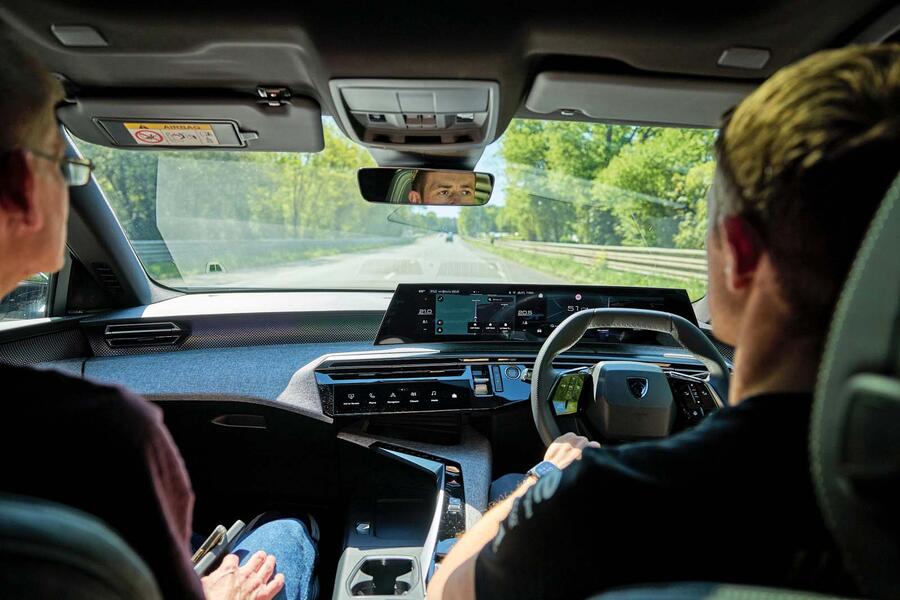
Even with the chicanes, drivers spend plenty of time at maximum speed. “You have more time to calculate yourself here than at other circuits,” he says. “You’re just sitting on the straight thinking ‘I’m not doing very much’ – but obviously these cars are going quite quickly.”
The challenge increases when the sun sets: for much of the lap the only illumination is from headlights. The 39-year-old notes an increasing number of young drivers are breaking into endurance racing, and he admits he wouldn’t have liked racing here in the dark as a teen.
“When I go out at night now, I don’t even think about it,” he says. “But the first time you think: ‘Am I prepared for this?’ To think there are 18-year-old kids out there now… I was in my early 30s when I first did it, and it was daunting.”
Di Resta’s path here included winning the DTM touring car title, three years of racing in Formula 1 for Force India and stints as a Mercedes F1 reserve and a Sky F1 TV pundit. “When I was growing up, I was focused on single-seaters, and Le Mans wasn’t really something I wanted to do,” he admits.
“I didn’t want to share a car with someone.” That changed with an invite from (McLaren F1 boss) Zak Brown to race for his United Autosports team in the LMP2 class of the 2018 Daytona 24 Hours.
Di Resta joined the team full-time, winning the class at Le Mans in 2020. Alongside his Peugeot commitments in the World Endurance Championship he still races for United in the American IMSA category.
That success at United helped him land the Peugeot drive, and he is now a core part of its line-up. “Until you actually get here and experience it, you don’t understand it,” he says. “I’ve fallen in love with it, and the determination to win it is there. There’s nothing like being on the Mulsanne straight in the middle of the night, counting down laps and just loving life.”
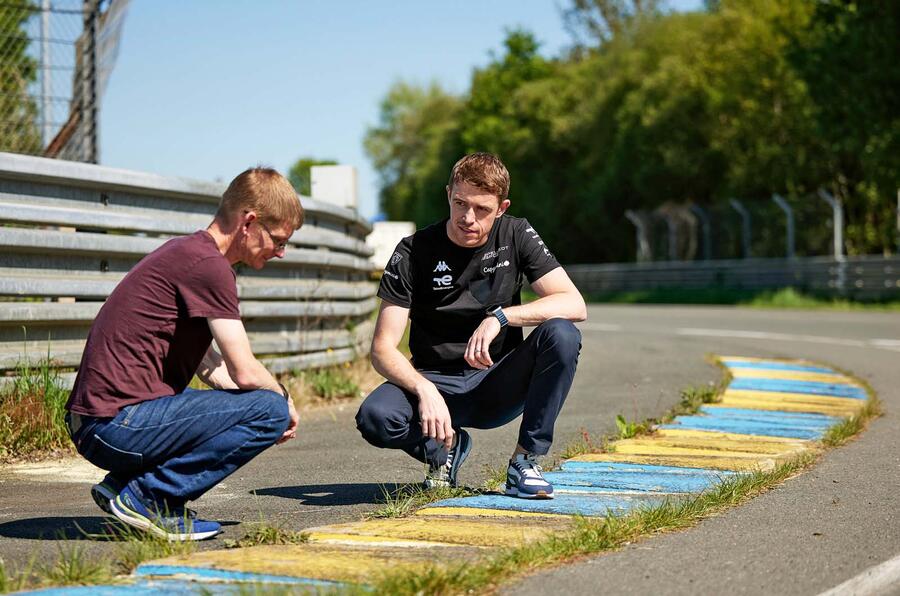
The long straight ends at Mulsanne corner, although this is another point where the track makes a slight detour after local authorities built a roundabout on the junction of the D338 and D140 in 1986 to reduce accidents. That created a slight kink before the right-hander, which feels almost impossibly tight. “It’s easy to carry too much speed into it,” he says.
The road then blasts up towards the tough Indianapolis left-hander, followed by the tight Arnage right-hander. We stop at Indianapolis to examine the gravel trap that sits on the outside of the bend, which has caught out many unsuspecting drivers.
Snapper Matt Howell wants a shot of di Resta in the gravel but is met with an emphatic “no way”. Di Resta might be incredibly level-headed and analytical, but he isn’t going to start tempting fate.
Carry on up the D139 and you reach the Porsche Curves. Along the way, di Resta notices that part of the road has been repaved. Teams are sent track data every year, but it hasn’t been done yet so this new bit of asphalt isn’t on Peugeot’s radar. He’s quick to text his race engineer. “You’re always learning,” he says.
“The more information you have the better, so we’re always looking for any edge.” Di Resta reckons the newly paved section could have quite an impact on performance, although he won’t explain exactly why because he doesn’t want to let slip any secrets about his Peugeot’s performance.
The flowing Porsche Curves sequence is the most technical part of the track. It’s di Resta’s favourite section – and another key place to secure a good lap time. “Television doesn’t do it justice,” he says. “It doesn’t show how quick the Porsche Curves are, or how the four chicanes test suspension compliance.

“The last sector of the circuit has a wide range of challenges, and if you’ve got a weak car it can throw a lap time away. In the middle of the night, if you come across traffic here timing is key – there’s not much run-off.”
Sadly, our approach speed is hampered by a big fence across the road. This is where the track departs from the road until the end of the lap, so we have to wait for an official in a van to turn up with a key and unlock a gate.
We don’t get much further: the section of track from here until the final Ford Chicane is now used for a Porsche driving experience centre. And while the e-3008 has been pleasingly pliant transport for lapping the roads, it might not fare well against 911 GT3s.
How well di Resta will fare at Le Mans this year is also uncertain. So far Peugeot has struggled to enjoy much success in the highly competitive Hypercar division, with some early radical design choices for the 9X8 not paying off. The team now races an updated version of the car, but two eighth places in the first three races shows there’s still work to be done.
But at Le Mans there’s always hope: a ‘balance of performance’ system aims to level the competition, and while Ferrari has won the first three races, some favourable performance boosts and the unique nature of the Le Mans circuit often upset the form book.
“There are more manufacturers in the WEC than any other championship,” says di Resta, who shares his car with Jean-Éric Vergne and Mikkel Jensen. “It’s ultra-competitive, so if you have a bad day it can be an extremely bad day.
"But Peugeot has had huge success in the past, and while we’ve not been able to recreate that yet, there will be lots of ups and downs. Any successful sport comes with these moments.”
Still, regardless of where Peugeot sits on the lap charts when the 24-hour race gets under way, di Resta can be assured that it will be a lot quicker than his efforts today.
